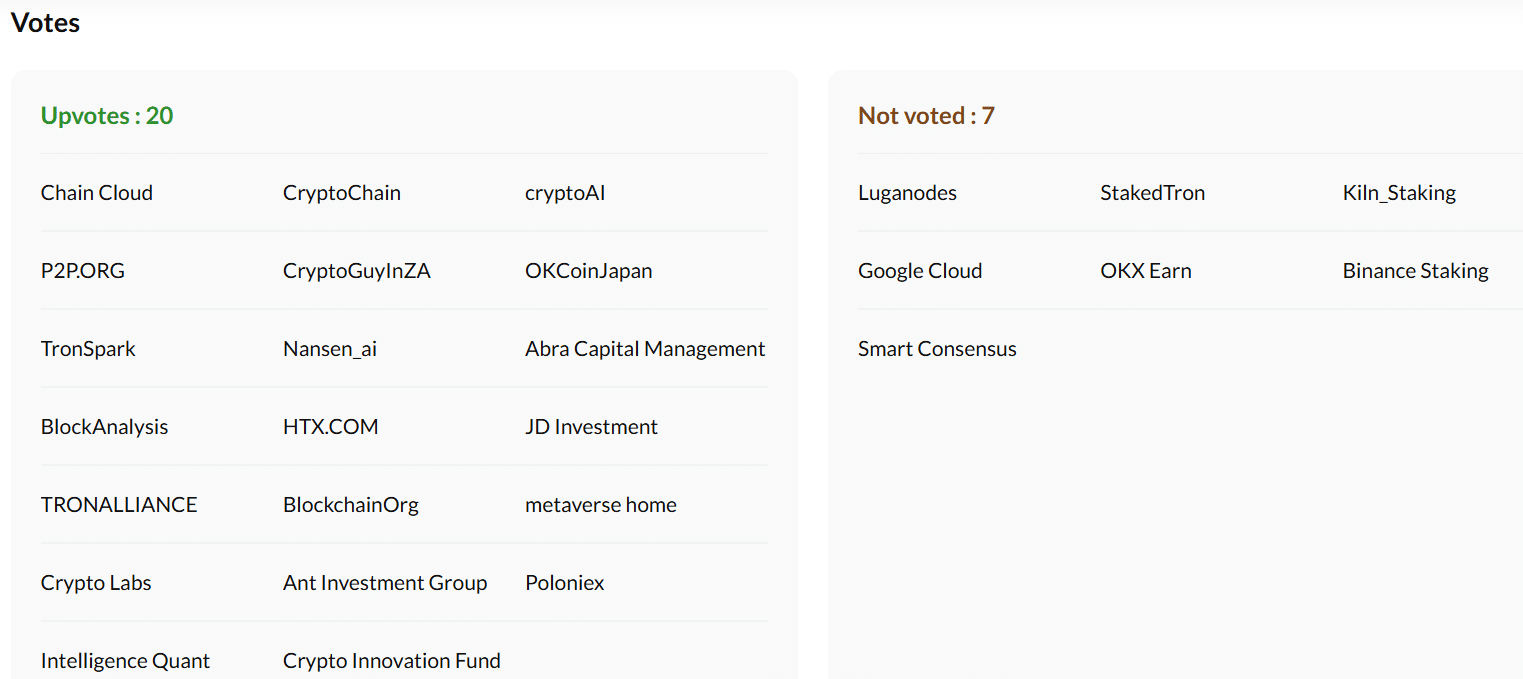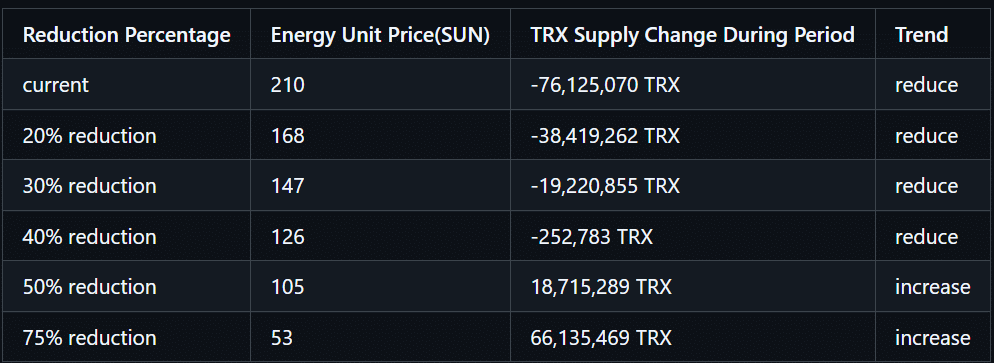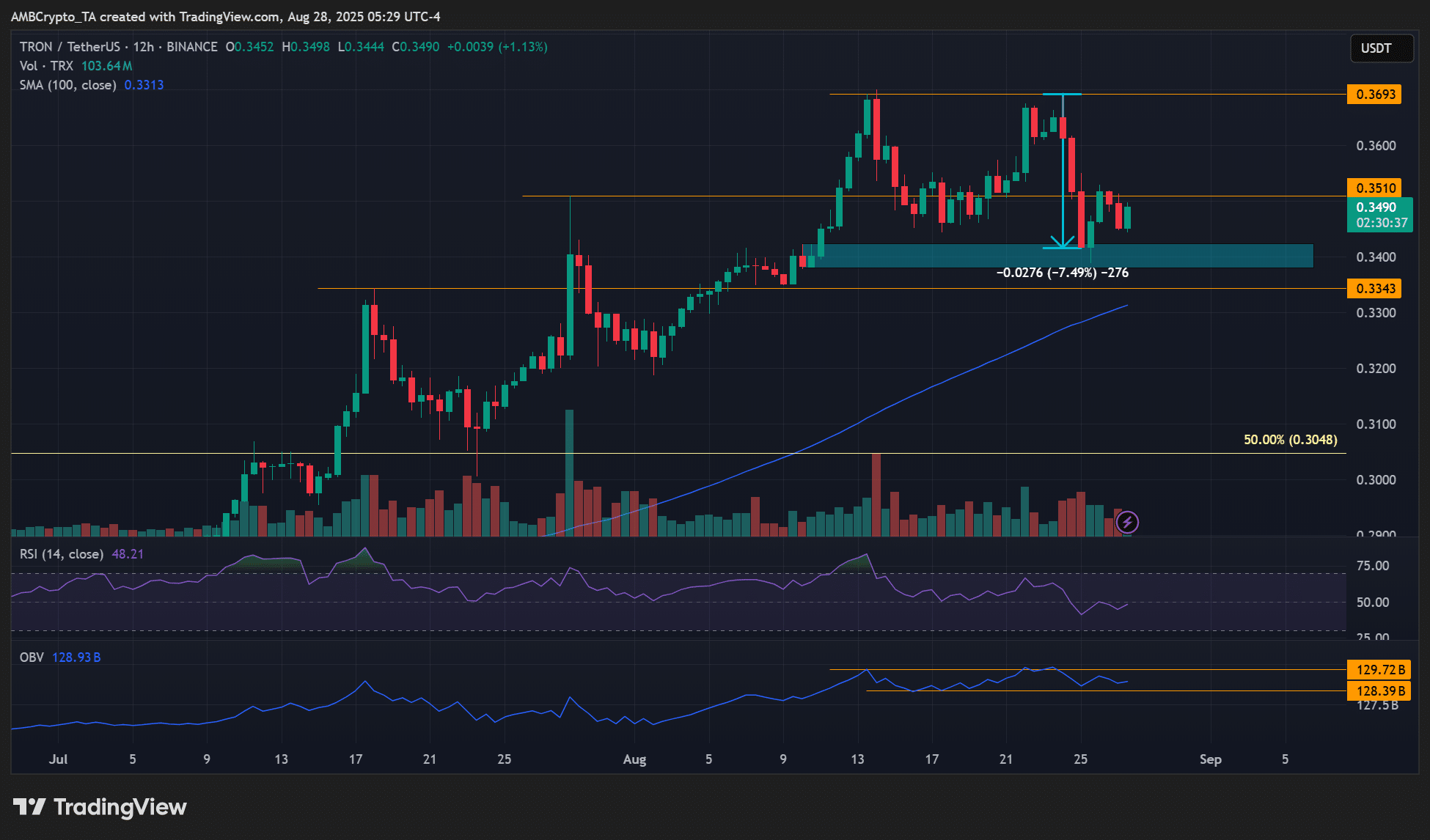Tron’s fee-cut proposal would halve transaction fees to restore competitiveness versus Ethereum, but it will increase TRX supply by roughly 66 million tokens in the near term. The trade-off: lower fees can spur volume and future burns, while short-term inflation may pressure TRX price.
-
Proposal: halve TRON transaction fees to boost network competitiveness
-
Short-term impact: ~66 million TRX additional supply and potential price pressure
-
Long-term goal: higher transaction volume could increase token burn and ecosystem activity
Tron fee cut proposal: TRX fees may be halved, increasing supply but boosting competitiveness and transaction volume — read implications and the August 29 vote.
What is the Tron fee-cut proposal?
The Tron fee-cut proposal seeks to reduce transaction fees on the TRON network by 50% to strengthen network competitiveness and lower costs for stablecoin transfers. The proposal requires at least 18 of 27 super representative votes and faces a voting deadline on August 29, 2025.
How will a 50% TRX fee reduction affect supply and price?
A 50% cut in transaction fees is estimated to make TRX issuance inflationary by roughly 66 million tokens in the near term. That additional supply could exert downward pressure on TRX price initially, while increased transaction activity might later enhance burn volumes and offset inflation.
Project stakeholders argue reduced fees will improve Tron’s position as a low-cost stablecoin rail. For context, stablecoin flows and transaction costs are key user drivers for network selection.
Vote status and governance
As of this report, 20 super representatives have voted in favor and seven were undecided ahead of the August 29 deadline. The proposal requires a simple majority of 18 YES votes to pass, so current support indicates it could be adopted without additional change.
Comparative fee snapshot
Tron’s push to cut fees responds to a six-month period in 2025 when TRON transaction fees averaged about $1.70, while Ethereum averaged roughly $0.75, according to Token Terminal plain text data. That reversal from 2024 (when Ethereum fees were materially higher) underlined the competitiveness concern.
| Network | Average fee (approx.) |
|---|---|
| Tron | $1.70 |
| Ethereum | $0.75 |
Why would Tron reduce fees now?
Lowering fees aims to reclaim Tron’s cost advantage for stablecoin transfers — especially USDT flows in emerging markets across South America, Asia, and Africa. The proposal is framed as both a user-cost adjustment and an ecosystem-growth lever.
Project commentary states: “Currently, the transaction fees on TRON continue to rise, making it imperative to reduce fees in order to enhance TRON’s competitive advantage and promote the development of the ecosystem.”
What are the trade-offs and mitigation measures?
Trade-offs include immediate supply inflation and possible price weakness. The mitigation argument: higher transaction volume driven by lower fees could expand future burning scale, which over time may neutralize increased issuance. Governance and on-chain metrics will determine net effect.
On-chain and market signals
There was measurable whale accumulation of TRX in the days before the vote, but price remained near the range low of approximately $0.34 pending clearer direction from Bitcoin (BTC) and broader markets. Market participants will watch transaction volume and burn metrics post-adoption.

Source: Tron Scan (plain text)

Source: Tron Scan (plain text)

Source: Token Terminal (plain text)

Source: Github (plain text)

Source: TRX/USDT, TradingView (plain text)
Frequently Asked Questions
Will the fee cut definitely pass?
With 20 of 27 super representatives already voting YES and a requirement of 18 YES votes, current on-chain voting trends indicate a high probability of passage before the August 29 deadline.
How soon will supply changes affect TRX price?
Supply inflation from the fee cut would be immediate on adoption, but price impact depends on market absorption and whether increased transaction volume leads to higher future burns.
Key Takeaways
- Near-term inflation risk: A 50% fee cut is projected to add ~66 million TRX, which could weigh on price.
- Competitiveness goal: Lower fees aim to restore Tron’s advantage for stablecoin rails versus Ethereum.
- Volume vs. supply: Higher transaction volume could increase burning over time and help offset inflationary pressure.
Conclusion
The Tron fee-cut proposal balances clear trade-offs: it reduces transaction costs to attract flows and rebuild competitiveness while creating short-term supply inflation. Market participants should monitor on-chain burn metrics, transaction volume, and super representative announcements after the August 29 vote to assess net effects on TRX.
